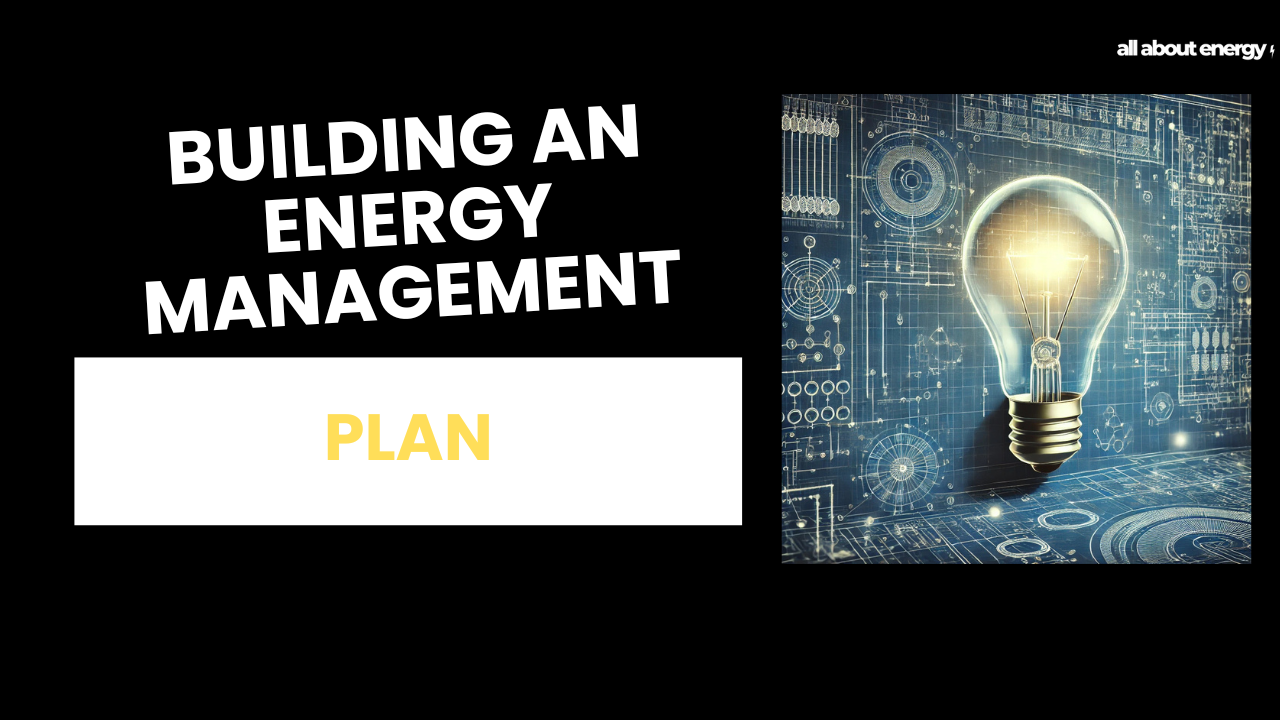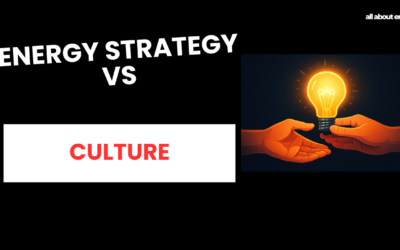Building an Energy Management Plan
Written by Joe Wright
As a busy organisation, you know that energy costs can add up fast. Whether you’re required to comply with schemes like ESOS and SECR or just looking to cut costs and improve sustainability, there are real opportunities to reduce energy consumption. But without a clear strategy, those opportunities will remain just that, potential savings that never turn into real results.
So how do you take energy saving potential and turn it into actual financial and environmental benefits?
Here’s how.
1. Establish Your Baseline
Before making any changes, you need to know where you stand. This means collecting data from your utility bills, submeters, and energy management systems to get a full picture of your energy consumption. Identify where energy is used the most, when peak consumption happens, and which equipment or processes are the biggest consumers.
If you’re part of ESOS, SECR, or another compliance scheme, you likely already have this data. But even if you aren’t, you should have a good understanding of your energy usage because you’re paying for it!
2. Identify Opportunities for Improvement
Once you have a baseline, it’s time to find areas where you can improve.
For ESOS participants, Phase 3 compliance will have already provided a list of recommended measures. If you don’t have an existing list, an energy survey will highlight areas for improvement. Opportunities could include:
- Upgrading to LED lighting
- Replacing outdated machinery
- Optimising equipment schedules
- Enhancing building insulation
- Investing in renewable energy sources
And many more.
Energy audits and monitoring software are excellent tools for uncovering these opportunities.
3. Prioritise the Most Impactful Measures
Having a list of opportunities is one thing, but deciding where to start is another. Prioritisation helps get the ball rolling, and each organisation will have different criteria. Here are a few ways to rank projects:
- Payback period – How quickly will the investment pay for itself?
- Implementation cost – Is it a low cost quick win or a larger capital investment?
- Total energy saved – How much energy reduction does the measure achieve?
- Total carbon saved – Does it align with your sustainability and net zero goals?
If capital is limited, start with low or no cost measures to build momentum. Reinvest the savings into future projects. A revolving green fund where savings from energy projects finance the next round of improvements can help sustain long term efficiency efforts.
4. Develop a Clear Implementation Plan
With priorities set, the next step is action. A structured implementation plan should outline:
- Specific actions to be taken
- Responsibilities assigned to key personnel
- Deadlines for each stage
- Expected energy and cost savings
Assign accountability to the right people, whether that’s your facilities manager, an energy champion, or a dedicated energy team.
One of the most important factors for success?
Senior management buy-in. Without executive support, energy initiatives can lose momentum or fail to get off the ground. Make a strong business case by presenting the financial and operational benefits alongside compliance advantages.
5. Monitor, Adjust, and Improve
Energy management doesn’t stop once measures are in place, it requires continuous tracking and refinement. Automated monitoring tools and regular performance reviews ensure that the expected savings are being achieved. If results fall short, adjustments can be made. This might mean:
- Fine-tuning control settings
- Improving staff training
- Identifying and addressing new inefficiencies
6. Engage Your Staff
Even the best technical solutions won’t deliver maximum results if employees aren’t on board. Staff awareness programs, training sessions, and incentive schemes can encourage energy-conscious behaviours throughout the organisation.
Take Action Today
By following these steps, you can turn energy saving potential into tangible financial and environmental benefits. Energy efficiency isn’t just about compliance, it’s about making smart business decisions that improve your bottom line and contribute to a more sustainable future.
Are you looking to improve your organisations energy management practices?
Take our Energy Management Scorecard quiz to assess your current strategies and identify areas for improvement. Click below for the free assessment

You May Also Like…
Compliance Simplified
If you’re part of any of the mandatory compliance scheme like SECR, ESOS, or the many others out there, then you...
Why maintenance matters for energy management
When you think about improving your energy management, where does your mind go first? Upgrades? New systems? Cutting...
Creating A Culture Of Energy Efficiency
If your business is subject to compliance schemes like ESOS or SECR, you’re not alone. A lot of the companies I work...




